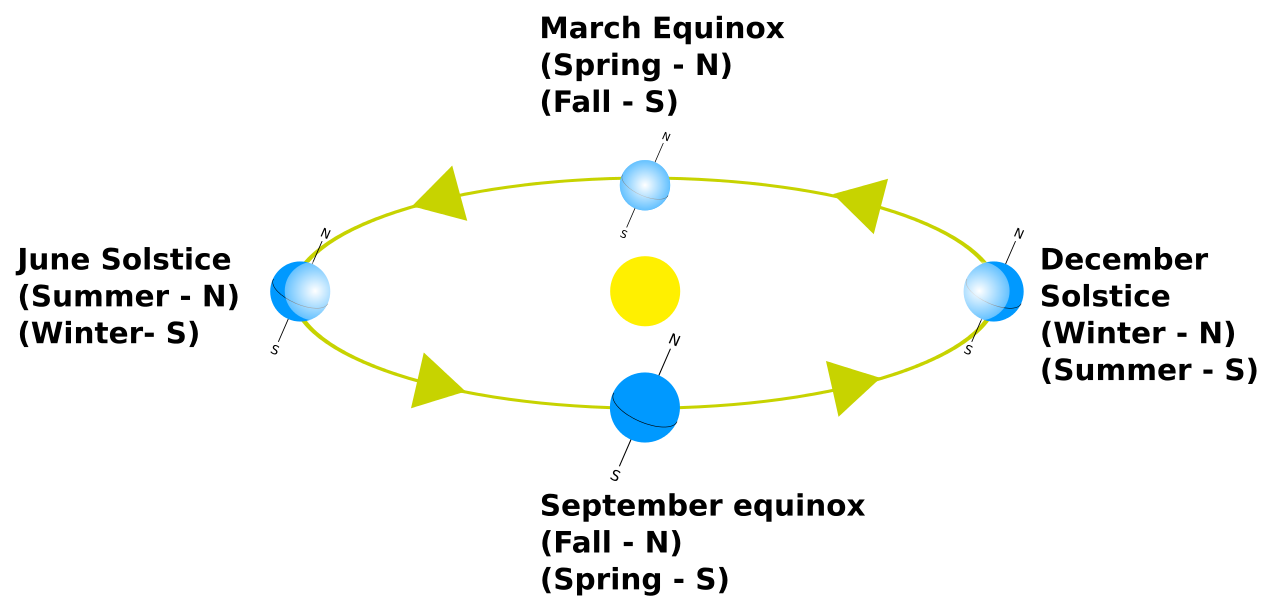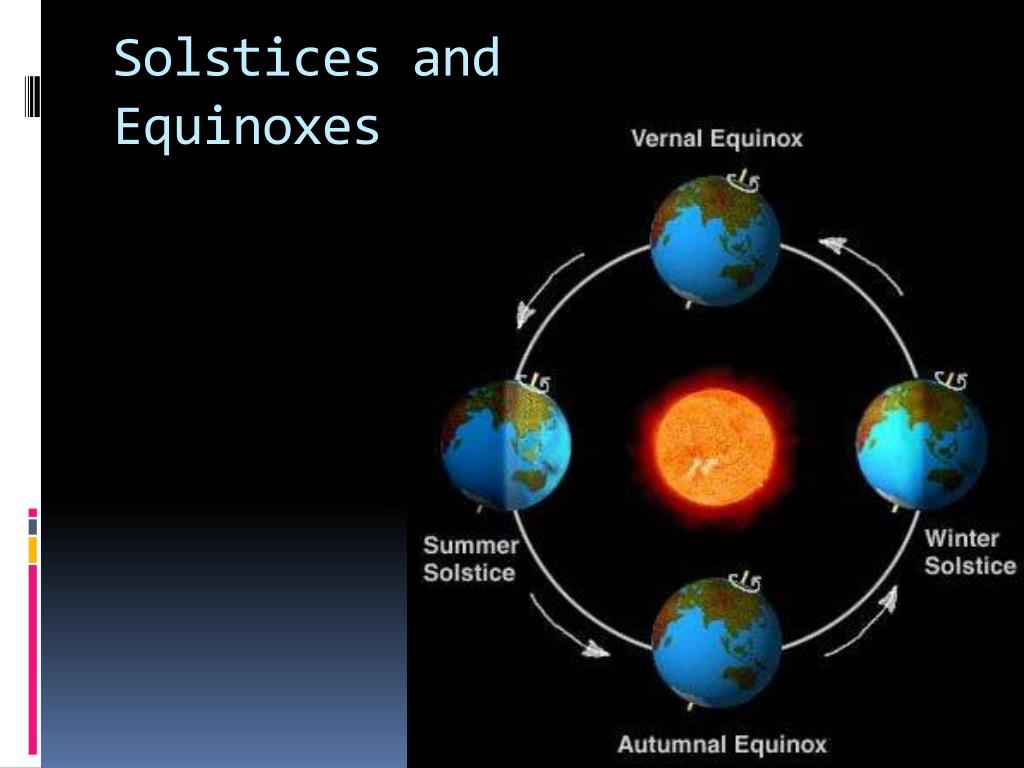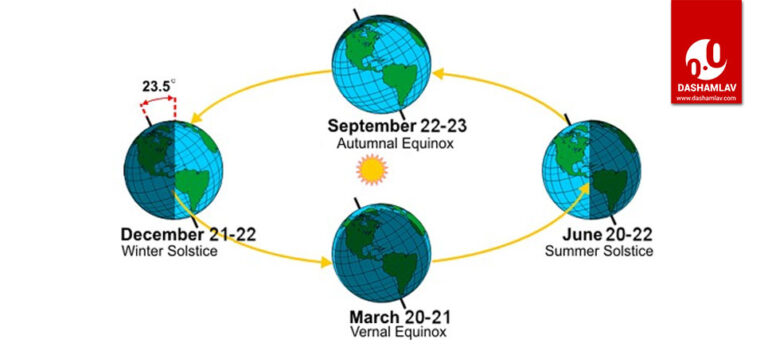

10,000 people at Stonehenge to celebrate the summer solstice in 2019 – Matthew Dresch How to celebrate the summer solstice in 2020 One ritual was the lighting of fires, heralding the start of shorter days, although this doesn’t really happen anymore. The idea was that flames would keep the dark away.


Over the centuries, the June solstice has inspired many festivals and midsummer celebrations involving bonfires, picnics, singing, watching the sun rise and Maypole dancing. Many towns and villages across Britain still mark the day. Midsummer’s eve was believed to be a time when the veil between this world and the next is at its thinnest, and when fairies were though to be at their most powerful. It has significance for pagans who have always believed that midsummer day holds a special power. The day marks the ancient middle of summer. The stones were brought from very long distances – the bluestones from the Preseli Hills more than 150 miles away, and the sarsens probably from the Marlborough Downs, 19 miles to the north. and 1,600 B.C Stonehenge’s exact purpose still remains a mystery. The rising sun only reaches the middle of the stones one day of the year when it shines on the central altar.īuilt in three phases between 3,000 B.C. Stonehenge in Avebury, Wiltshire is the most popular place for Pagans to celebrate the longest day because it famously aligns to the solstices. Summer solstice traditions: why is Stonehenge so significant? Some prefer the more teutonic term ‘sunturn’ to describe the event.Īstrologers say the sun seems to ‘stand still’ at the point on the horizon where it appears to rise and set, before moving off in the reverse direction. The term ‘solstice’ derives from the Latin word ‘solstitium’, meaning ‘sun standing still’. The winter solstice occurs on the same day in June and the summer solstice the same day in December. In the southern hemisphere the dates of the two solstices are reversed. However, we won’t notice the days becoming shorter for a while. The shortest day of the year isn’t until Monday, December 21st, known as the winter solstice it lasts for 7 hours and 50 minutes in Britain, which is 8 hours, 48 minutes shorter than the June solstice.Īt the winter solstice, the Earth’s axis is tilted furthest away from the sun directly over the Tropic of Capricorn bringing only a few hours of daylight. It might seem like a day to celebrate, but it actually signals the moment the sun’s path stops moving northward in the sky, and the start of days becoming steadily shorter as the slow march towards winter begins. This is why June became the traditional month for weddings. Traditionally, the summer solstice period fell between the planting and harvesting of crops, leaving people who worked the land time to relax. The summer solstice occurs when the tilt of Earth’s axis is most inclined towards the sun and is directly above the Tropic of Cancer. There are two solstices each year – one in the winter and one in the summer. Day and night will be at almost equal length on this day, as the sun crosses the celestial equator and moves southward into the northern hemisphere. The solstice officially marks the beginning of astronomical summer, which ends when the autumn equinox falls on September 22nd. The sun will rise at 4.43am and set at 9.21pm. This year it falls on Saturday, June 20th – when the UK will enjoy 16 hours and 38 minutes of daylight. In the northern hemisphere, the summer solstice, or longest day of the year, takes place between June 20th and 22nd each year. While festivals, barbecues and beach holidays are often enjoyed throughout the warmer months, many of this year’s summer events and activities will not be possible due to the global coronavirus pandemic. The summer solstice, otherwise known as the longest day of the year, is fast approaching, marking the return of brighter evenings.

The sun rises during the Summer Solstice at Stonehenge in Wiltshire – Rojgar Samachar With the recording-breaking amount of sunshine the UK has seen recently, it may feel like summer has already arrived, but the astronomical season doesn’t officially begin until later this month. Summer Solstice 2020: everything you need to know about the longest day of the year


 0 kommentar(er)
0 kommentar(er)
